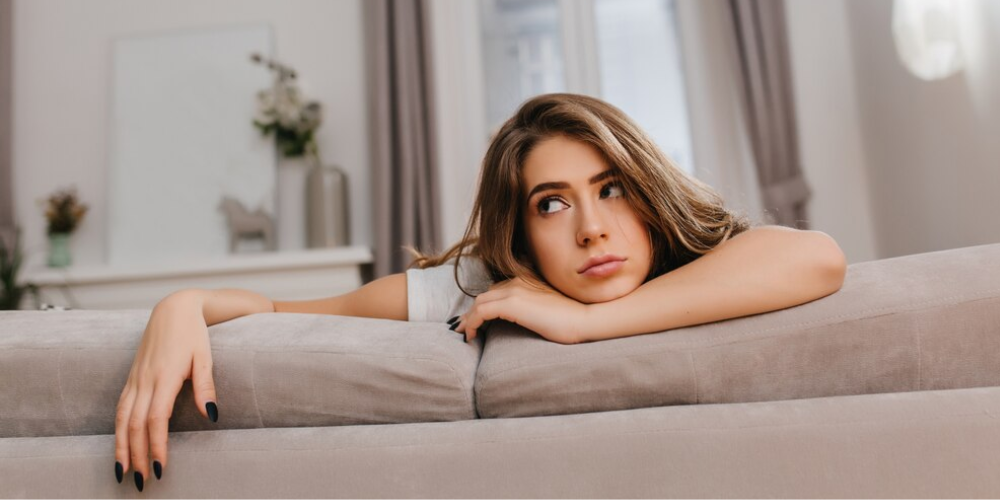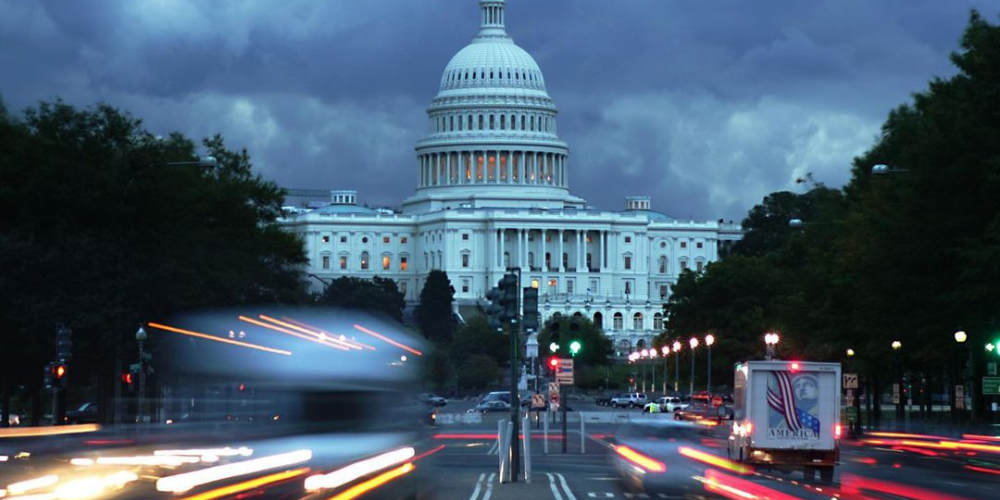Kids are born to run. Every toddler loves to be chased, and as they get older tag becomes a new favorite game to play. For many kids, this love of play blossoms into involvement in sports, and with each positive experience, the joy of moving continues to grow.
This isn’t true of all students, however, for many, the enjoyment of running fades the older they get. Many become turned off because running can be painful, or they don’t like to sweat or are just bored by it. And even kids who will play sports for hours may act like it’s pure torture when you ask them to run around the gym for a couple of minutes. And team sports can be great in gym class, but only when skills have been developed, and ability levels among the students are even.
Teach measurement through jumping

Hero Images/ 500px | Play is not a luxury. Play is a necessity
Jumping can add activity to the study of measurements, data collection, and number order. Students first mark the measurements on the ground with yardsticks or masking tape. Then, they’ll take turns jumping and recording their jump distances on the board.
Students can compare jumps between each other; compare a standing jump to a running jump, or any other variation of ideas to practice comparing numbers. More advanced students can use the collected units to create graphs or equations.
Octopus

Eileen Zajac/ Getty Images | For a small child, there is no division between playing and learning
In this classroom exercise, one student is chosen to be the octopus and stands in the middle of the playing area. All the other students are lined up along one boundary. When the octopus calls out “Octopus,” all the students run to the opposite boundary, trying to avoid the outstretched arms of the octopus.
If the octopus tags a student, they become seaweed and sit on the ground with their arms out. The seaweed helps the octopus by tagging other students as they run past. The last student remaining at the end of the game wins and becomes the next octopus.
Crazy kickball

Thirdman/ Pexels | Play has a positive impact on social, emotional, physical, and intellectual development
Set up a normal kickball game, but in this version, each team has a few kickers who don’t run, and the rest of the team runs simultaneously. All runners must touch each base and choose which base to stop on. If a player scores, they continue around the bases and try to score again. With multiple runners rounding the bases, the team playing defense can get to three outs at any moment. Students like it because they can run with their friends. Teachers like it because no one is ever sitting out. As the kids run round and round the gym, the game really lives up to its name.










